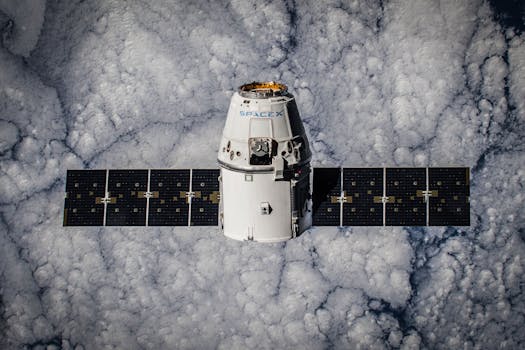Breaking Barriers: How Recent Developments are Transforming Satellite Communication

Breaking Barriers: How Recent Developments are Transforming Satellite Communication
Satellite communication is an essential part of modern telecommunications, enabling global connectivity and facilitating communication between individuals, organizations, and governments. Satellite communication has undergone significant transformations in recent years, driven by advances in technology, changes in market demand, and innovative approaches. In this article, we will explore the recent developments that are breaking barriers and transforming the satellite communication industry.
Advancements in Technology
One of the primary drivers of transformation in satellite communication is the advancement in technology. Recent developments in areas such as antenna design, propulsion systems, and signal processing have significantly improved the efficiency and capacity of satellite communication systems. For instance, the development of phased array antennas has enabled the creation of high-gain antennas that can be electronically steered, reducing the need for mechanical movement and increasing the accuracy of signal transmission.
Furthermore, the introduction of new satellite constellations such as OneWeb and Starlink has increased the availability of satellite communication services, providing global coverage and high-speed connectivity. These constellations are designed to provide low-latency and high-bandwidth services, making them ideal for applications such as video streaming, online gaming, and cloud computing.
Changes in Market Demand
The satellite communication industry is also being driven by changes in market demand. The increasing need for global connectivity and ubiquitous access to communication services has created a growing demand for satellite communication services. This demand is being driven by various factors, including the growth of the internet of things (IoT), the increasing use of mobile devices, and the expansion of e-commerce and digital services.
In addition, the COVID-19 pandemic has accelerated the need for remote work and virtual communication, further increasing the demand for satellite communication services. As a result, satellite communication service providers are investing heavily in new infrastructure and technologies to meet this growing demand and provide reliable and high-quality services.
Innovative Approaches
The satellite communication industry is also being transformed by innovative approaches and business models. The introduction of new satellite operators and service providers has increased competition in the industry, driving innovation and reducing costs. Additionally, the use of artificial intelligence (AI) and machine learning (ML) is being explored to improve the efficiency and accuracy of satellite communication systems.
Another innovative approach is the use of hybrid satellite-cellular networks, which combines the benefits of satellite and cellular communication to provide seamless and ubiquitous coverage. This approach is particularly useful for rural and remote areas where traditional cellular networks may not be available.
Conclusion
In conclusion, recent developments in satellite communication are breaking barriers and transforming the industry. With advancements in technology, changes in market demand, and innovative approaches, satellite communication is becoming more accessible, efficient, and reliable. As the industry continues to evolve, we can expect to see even more innovative solutions and services that will further transform the satellite communication landscape.





